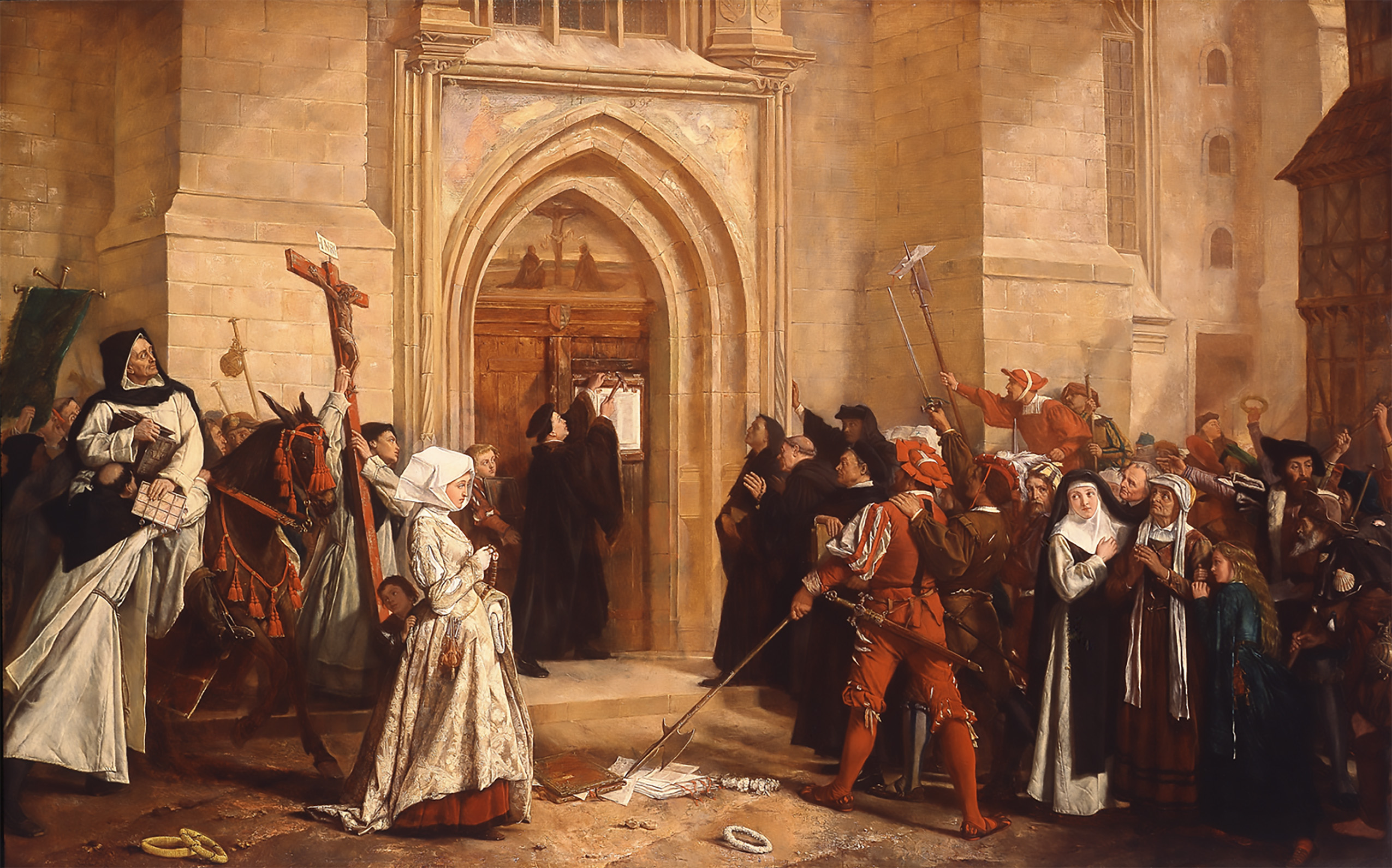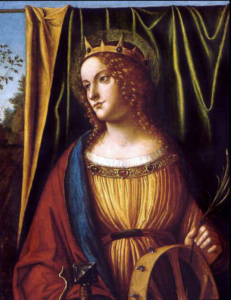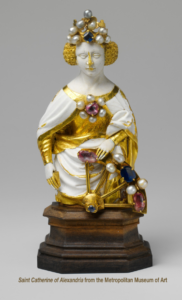If your child has a food allergy, please let us know on the online registration form. We would encourage you to send a suitable snack daily with your child.
Please contact us in advance of registering. An M&G educator will listen to your child’s needs and determine how we can best serve your child with the teaching and projects.
The K5 class is primarily for those students going into kindergarten. But it’s up to the parent to choose. If your child has finished K5, more than likely he is ready for the elementary camp. But if you feel your child needs more time with the younger ages (due to maturity level, concentration, etc.), then register for the K5 camp.
M&G orders project materials for the entire camp based on registrations. Your fee covers the materials costs, which are ordered in advance of the camp.
Should illness or quarantine prevent your camper from attending during his/her registered week of camp, we would be happy to coordinate a way for you (or a designated representative) to pick-up projects/materials for your child to complete at home. Please contact us at contact@museumandgallery.org or 864.770.1331.
Once your registration is received, M&G will send an email confirmation. Two weeks prior to your child’s camp week, M&G will send an informational email with a map and specific helps for the first day of camp and the daily carline for drop-off in the morning and pickup at noon.
M&G’s Kids Create! will be held in the facilities of a partner organization: Bob Jones Academy (on the campus of Bob Jones University). Each day, campers enter and leave the camp on the parking lot side of the Academy Auditorium (AAUD) in the Collins Building. Parents will receive a location map with directions in your informational email two weeks prior to your child’s camp week.
Campers are divided into five separate groups specifically designed with age-appropriate lessons and art activities.
Campers are divided into five groups specifically planned with age-appropriate activities. M&G makes an effort to honor requests for a child to be placed in the same group as a friend; however, based on classroom size and age ranges, we cannot guarantee that all requests will be granted.
Kids Create! is a 5-day, morning camp. We run the same themed camp for all of the weeks in June. Each day, camp begins promptly at 9:30 AM, and sessions end at noon.
Absolutely! Every summer we serve children (often siblings and cousins) that have come to spend a week with their grandparents or whose grandparents have given the week to their grands.
Yes! You can either register the child yourself or make a donation to M&G in the amount of the camp fee and specify in the gift details that your donation is for a Kids Create! camper. Let us know on the giving form whom M&G should contact (the child’s guardian) and how to reach them (phone or email). You can make the gift here: www.museumandgallery.org/give-online/
We would be most grateful for your support of Kids Create! camp. Your gift will help us provide engaging and affordable arts-integrated instruction that inspires young people to think creatively.




